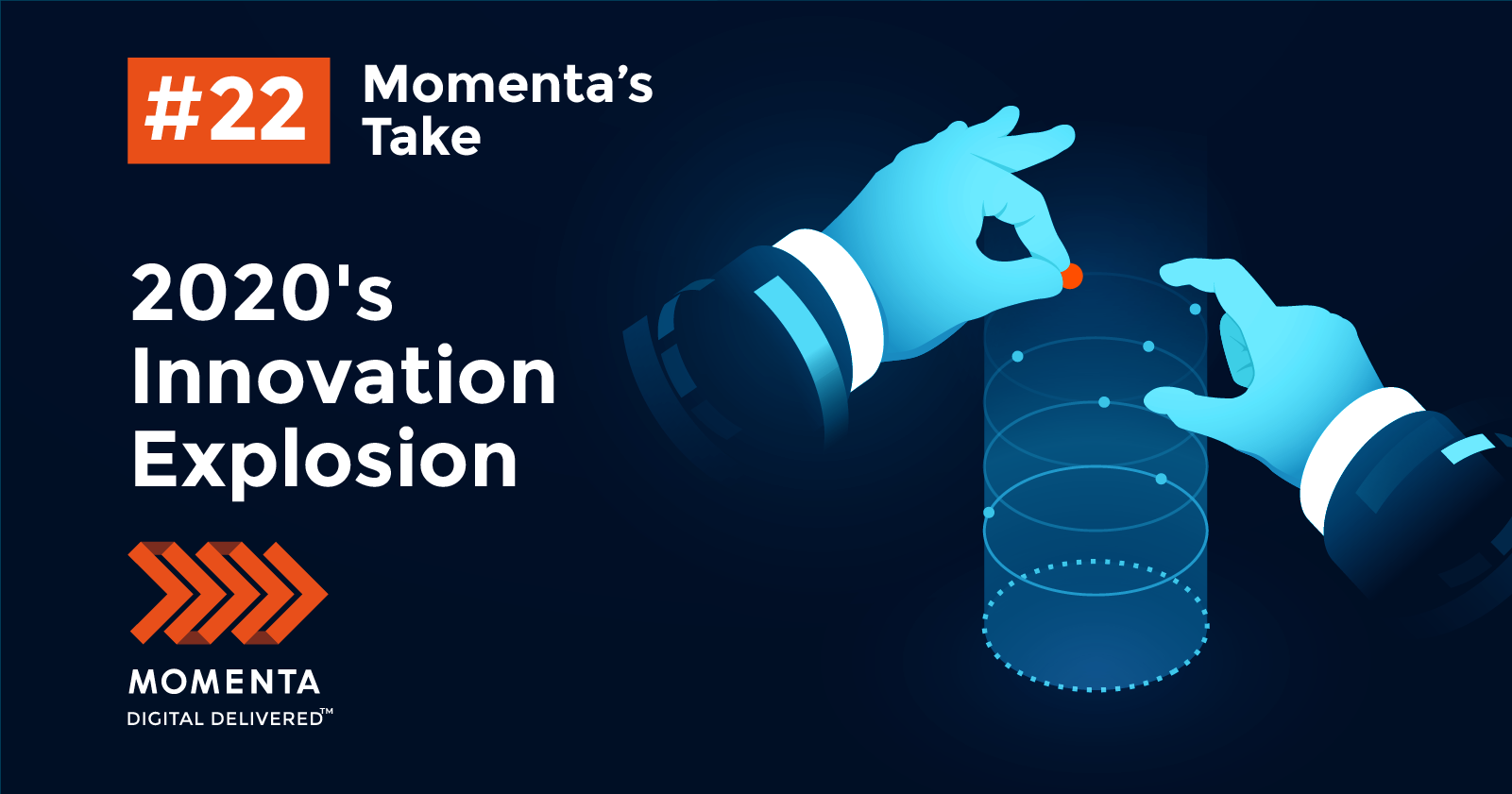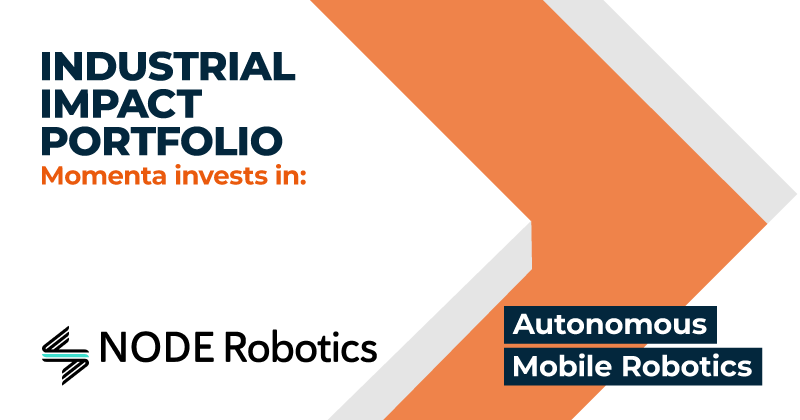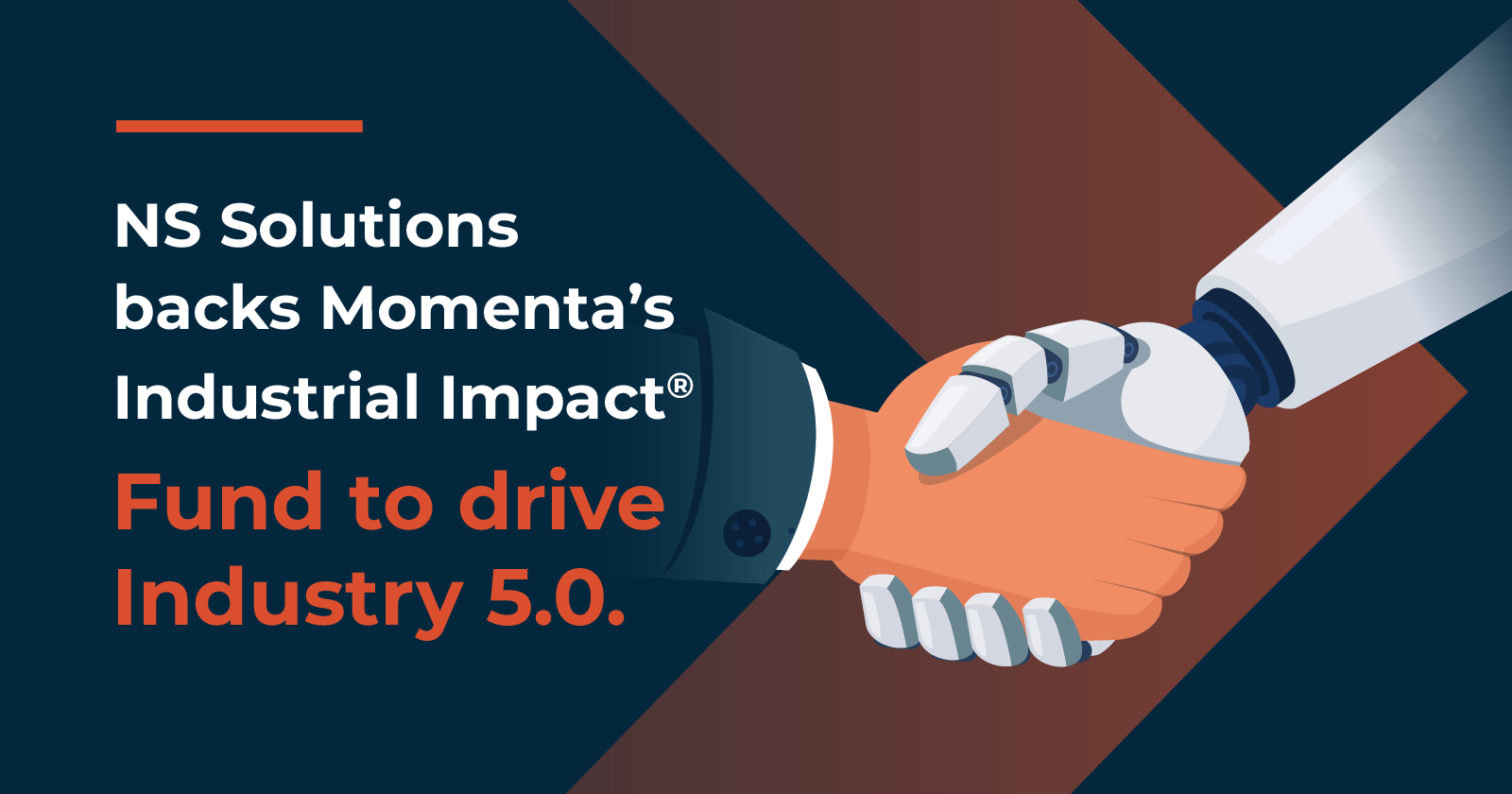Momenta's Take #22
2020's Innovation Explosion
Ken Forster

The Impact of Innovation
There’s no exaggeration to say the new year 2021 begins with the tailwind from the massive rush of pandemic-driven innovation in 2020 as medical researchers, businesses, governments and organizations of all types sought to adapt and evolve to the new realities at hand. The Covid-19 crisis emerged at a time where fortunately there were already a lot of foundational technologies with growing maturity and scope – Artificial Intelligence, Cloud Computing, Genomics, Robotics, IoT – as well as emerging enablers such as 5G communications networks. There are several areas where innovations occurred at accelerated pace, and where we will be experiencing the impact for years to come:
Healthcare Adapts and Delivers
Early on in the pandemic, there was a massive shortage of Personal Protective Equipment (PPE) and other supplies that caused many businesses to rapidly re-tool their manufacturing capabilities to address the crisis. Ford, GM, Toyota, Tesla and other carmakers shut down factories to make ventilators early in March and helped to alleviate shortages. Countless breweries and distillers switched their production of alcoholic beverages and spirits to produce hand sanitizer, helping to provide ample supplies to a strained supply chain.
Providers of robotics and electronics have developed a broad array of machines that help to automate processes such as vaccinations, delivery of medical supplies and temperature scanners. Contact tracing apps (though use more in Asian countries) helped contain the spread of infections. LG Electronics is working on an autonomous robot which utilizes ultraviolet light to disinfect what it calls “high-touch, high-traffic areas.” The technology is expected to be introduced to U.S. based retail, education, hospitality and corporate customers early in 2021.
Vaccines – Development and Ultra Cold Chain
Operation Warp Speed was an unprecedented collaborative effort by government and private sector companies to develop and trial a vaccine for Covid-19 in 2020. While vaccines historically have taken years to develop and test, by the end of 2020 Moderna, Pfizer and AstraZeneca had completed trials and begun vaccinating frontline workers and the most vulnerable across the globe. The timeline for delivery within a year was met with a lot of skepticism early on, but the remarkable achievements of several companies working on the vaccine, along with therapeutics, set a high bar for future innovations.
Delivering vaccines – some which need to be stored at minus 70C – presented a unique set of challenges for manufacturers, transportation providers and storage facilities to ensure providers received vaccines in time to distribute them. Companies like UPS, FedEx, airlines and cold storage facilities providers have incorporated sophisticated IoT tracking capabilities along with investments in new digital applications and equipment. For companies like Pfizer and Moderna, the new cold chain was nearly inconceivable a year ago and now it’s a reality.
Collaboration via Distributed Workforce
Since March of 2020, companies have accelerated their transformation efforts, fast-tracking development of new digital experiences, transitioning entire organizations to remote work forces and improving cybersecurity in response to the coronavirus pandemic. This has driven demand for workers with new sets of skills that accommodate remote work and tech savvy. The nature of the crisis itself has caused many companies to re-think how they innovate and collaborate with employees, partners and other firms. Companies like 3M have completely changed how they think about innovation – going from being somewhat insular to being very open to connecting with external companies; the company that has the technology, the capabilities, and ability to solve problems in house – to a model where there are partners who can teach new things and help innovation move even faster.
Cloud Dominates Tech Innovation
The growing maturity of cloud infrastructure providers like AWS and Azure, along with collaboration platforms like Zoom and WebEx have opened up new paths for innovation across all kinds of businesses. According to Briana Frank of IBM, cloud allows businesses to shift their mindset to focus on employee wellness: “Where some of our clients were solving problems like keeping their workforce safe by using video analytics to see if someone’s using or wearing maybe a hard hat in a construction zone, now that use case has sort of shifted. Now it’s: ‘Is someone wearing a mask? Do they have a temperature?’ The mindset shift is really driving a lot of these technology innovations, and then, of course, you need cloud to make those real.”
CIOs and IT organizations have worked to quickly prepare and equip companies for sudden and unexpected changes to send workers home, support the increase in customer service requests, expand into e-commerce, and more. They did this at an unprecedented speed. Projects that would have taken 2 years to plan and execute were turned around in a matter of days, and the use of cloud technologies has been a key enabling factor. Expect the pace of innovation to continue to accelerate as we build on the lessons of 2020 to deliver better, safer and more thoughtful deliverables in 2021.

Momenta encompasses leading Strategic Advisory, Talent, and Ventures practices with over 200 IoT leadership placements, 125 industry clients and 40+ young IoT disruptors in our portfolio. Schedule a free consultation to learn more about our Digital Industry practice.



